For a child born without a hand or fingers, a prosthetic hand can be a lifeline, providing independence and the foundation for them to simply be like any other kid. But those devices typically come with a hefty price tag.
To alleviate families of that financial burden and still give children a life-altering tool, the Tar Heels behind the Carolina chapter of the Helping Hand Project are designing and constructing customized prosthetic limbs for children free of charge using 3D printers.
“It is a second chance for these kids to act ‘normal’ like all other kids that they see around them,” said Daniel Ku, a Carolina senior who is the president of the student group. “To be able to pick up objects with their prosthetic hand that we created for them, it’s night and day for the parents to see their kids do that. Also, with the specific designs that we create for these families, it’s just joy on their faces to be able to see their kids so happy.”
Each semester, the Carolina chapter of the Helping Hand Project works with two families to create one-of-a-kind prosthetic hands. The student organization is part of a larger nonprofit that was started by Carolina alumnus Jeff Powell in ’15. Since launching in 2015, the organization has produced more than 50 devices for children across five chapters at North Carolina universities.
For Ku, a biomedical engineering major in the College of Arts and Sciences, the two years with the Helping Hand Project have supplemented what he’s been learning in the classroom while also making an impact on many lives.
Ku talked with us about the Helping Hand Project and how the Tar Heels in the student group are helping families of children with limb differences through their designs and by raising awareness.
What is the overall goal of the Helping Hand Project?
The mission of the Helping Hand Project is to help raise awareness of limb differences and help out the community by educating them on these differences. We also help make prosthetic hands for kids, specifically those who have been born and raised without those limbs. It’s a service-based club.
For me, I want to make sure that I can see these kids get a second chance in terms of being able to know what it feels like to be a ‘normal person.’ So just getting that second chance and seeing the smiles on their faces is really important to me. I really think that helping raise awareness is crucial to help other people be more empathetic toward these kids.
How do you create these prosthetic hands, and how long does it take to create one?
In the past, we have been using Makerspace 3D printers to make these hands. Now we’re building our own printers for our own usage.

(Photo by Jon Gardiner/UNC-Chapel Hill)
After assembly, after printing, after the whole process of customizing each of those hands onto the kids, I’d say anywhere between two months to a whole semester. Each semester we have up to two cases for the kids. We have two kids we’re working on, making sure that these hands fit them and are customized to their preferences.
We have designed them with their name sometimes or a superhero, for example. Or let’s say they just want it in a specific color. We make sure that we can tailor each of those hands for them.
Do students have to be in STEM majors to be part of the Helping Hand Project?
You don’t have to be in biomedical engineering or physics or a STEM major to join this club. We try to promote it across all departments because different majors offer different perspectives that are really crucial. And obviously, if we have one perspective from one major, I don’t think you can fulfill all the needs that we require for our club. So, the bottom line is all majors are welcome.
We have two different committees in our club. We have the design committee, and we also have a support and outreach committee. The design team makes the designs. They print out the hands, put all the parts together and have it ready for the kids to pick up. With the outreach committee, they’re the ones who actually plan out the family events and the educational opportunities that we hold for the public to learn about limb differences. They interact with the kids and the families at various service events.
What is your favorite part about being a member of the Helping Hand Project?
My favorite part is just knowing that I’m on a mission to help these kids — that I can make a big difference in their lives and that I’m part of this movement in this community where all these kids get a second chance to live a ‘normal life’ as a result of what I put into the club.
I was part of the design team in the past, and I would envision these prosthetic hands eventually being used by these kids who have never experienced that feeling of holding things up. That’s just magical to me.
This article was originally published by UNC-Chapel Hill’s University Communications team and can be read here.


